Lecture Description
With the development of various digital diagnostic tools, their range of use has been expanded. Two-dimensional (2D) and three-dimensional (3D) radiographs for the orthodontic diagnosis can be used to find additional data over the orthodontic area. Other diagnostic tools which are not familiar to the orthodontists can be also applied to the orthodontic patients. In this presentation, three studies about the extensive applications of diagnostic tools are introduced.
1) Incidental findings in 2D radiographs and 3D cone beam computed tomography in orthodontic patients
2) Detection of dental caries and cracks with quantitative light-induced fluorescence (QLF)
3) Evaluation of occlusion and muscle activity during retention period by occlusal analysis and electromyography (EMG)
Learning objective1
- To Understand the importance of careful evaluation on the radiographs taken for orthodontic diagnosis and treatment, due to the possibility of incidental findings
Learning objective2
- To applicate various digital diagnostic tools in general dentistry to orthodontic patients extensively

